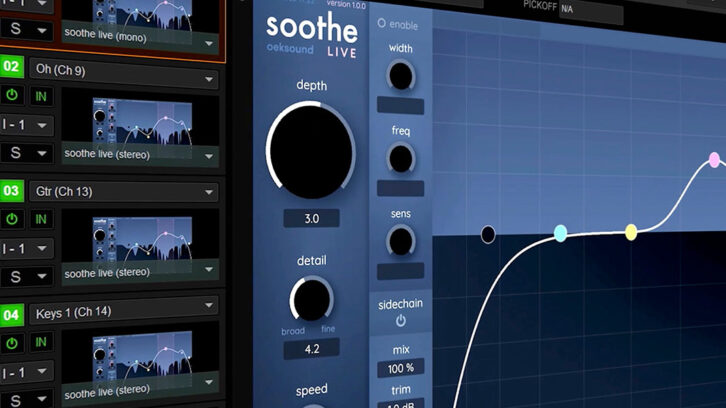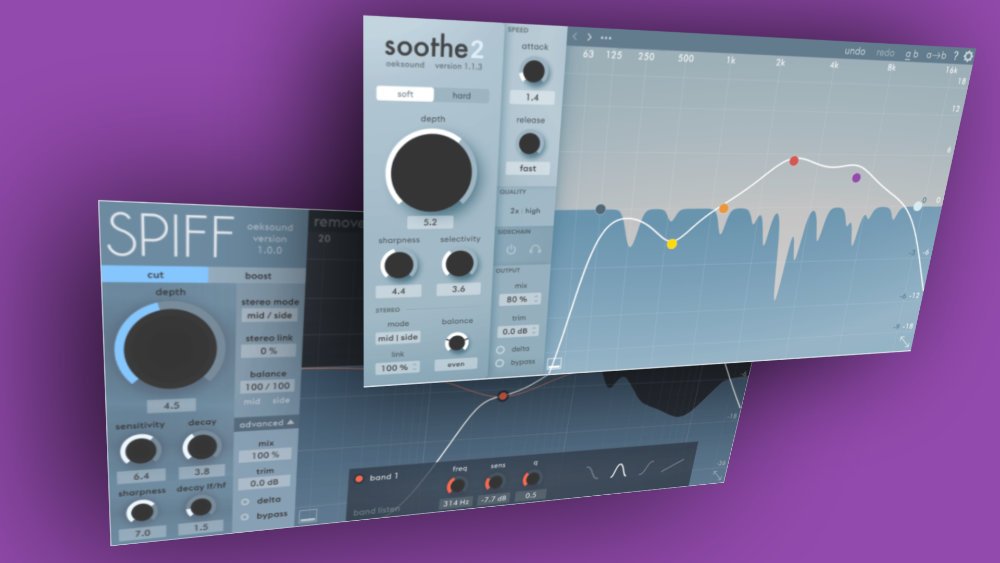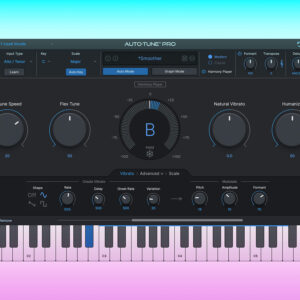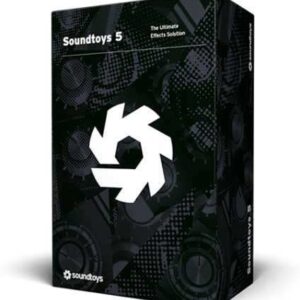These two tools from Finland promise previously unachievable ways to shape the spectral and transient content of sounds, but what do the controls mean? We take a look…
The evolution of plugins has more recently seen solutions that blur the lines between dynamics processing and EQ. Although these new ways of working have expanded the technical and creative possibilities available to us, they inevitably have brought new learning curves as well. A good example of this is understanding the difference between two closely related processes; multiband compression and dynamic EQ. Understanding this difference is necessary even down to choosing which one to actually use!
Oeksound soothe2 and spiff are two unique products that also exist in another place where we need to understand what they are doing, in order to know where and how to apply them. Essentially, these problem solvers are two flavours of dynamic EQ across two plugins where a single one would be overridingly complex.
soothe2
Oeksound describe soothe2 as a “dynamic resonance suppressor”, and it’s helpful to think of it as their take on an intelligent dynamic EQ. It is intended as a utility to tame bumps that may only periodically reach ‘problem’ levels in the same way that a conventional dynamic EQ can help, effectively giving you compressor-style time and threshold controls to control the amount of cut at specific bands. Soothe2 adds full range functionality to the original’s mid and high range of operation making it effective across a wide range of content, with new Soft and Hard modes added.
The large graph allows control of the weighting of soothe2’s operation rather than having the ‘grab’ breakpoints for boost and cut found in other plugins. For example, a big peak on the graph at 4kHz actually means that more cut is happening there. The graph also shows a reduction plot as well, which shows exactly what soothe2 is doing to the sound.
Mode Soft mode is “smarter” for transparency with fewer artifacts, while the latter allows more intervention from the user to completely transform sounds.
Depth Adjusts the overall amount of the reduction – more depth leads to deeper cuts.
Sharpness Controls the width (or Q) of the individual cuts.
Selectivity Changes what kind of cuts to make, i.e. whether to focus less on overall resonances (less selectivity) or to focus just on individual resonances (more selectivity)
Speed Attack and Release control the rate of onset for cuts and recovery from them. They are not calibrated in ms because their values depend on the content.
Delta Is the key to understanding what Soothe2 is doing, this lets you hear just the part of the signal being affected. Highly recommended if you want to really understand and get the most out of Soothe2.
Other controls on this deep plugin include those for Stereo or Mid Side operation, offline render settings, mix, and sampling quality.







Reviews
There are no reviews yet.